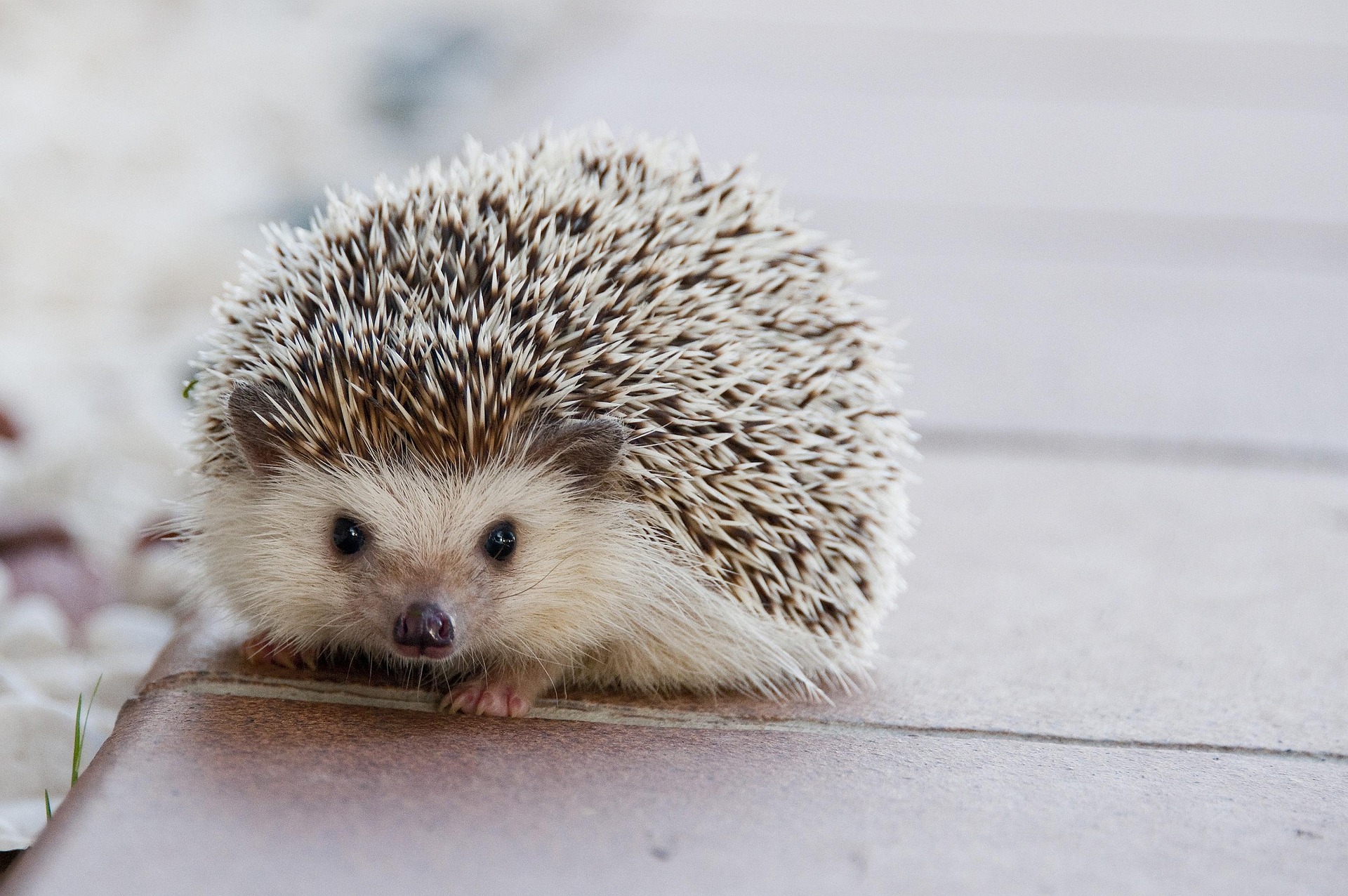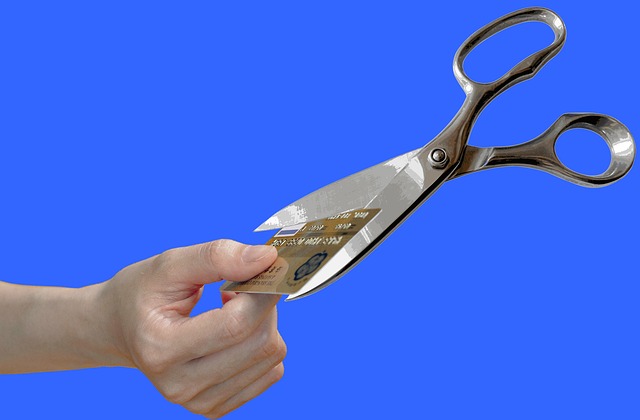The Unusual Suspects: Unconventional Pets and Their Growing Popularity
The world of pets is changing. Beyond the adorable puppy or the cuddly kitten, a new league of unconventional pets is slowly but surely making its way into our homes. In this article, we delve into this emerging trend, exploring the reasons behind their growing popularity and the impact on the pet industry.

The Rise of the Unconventional: A Historical Perspective
Historically, dogs and cats have been the pet of choice for many households. However, over the last few years, there has been a surge in the popularity of more unconventional pets, including insects, reptiles, and small mammals.
The trend can be traced back to the late 1990s, with the rise of exotic pet trade and a growing interest in wildlife conservation. This resulted in a shift towards more unconventional, ‘wild’ pets, which offered pet lovers a chance to bring a piece of the wild home.
Current Trends and Updates
Today, unconventional pets are no longer a rarity but a common sight in many homes. Tarantulas, hedgehogs, and rabbit-like rodents called chinchillas are just a few examples. This trend is driven by a variety of factors, including a growing awareness of animal welfare issues, a desire for unique and exotic pets, and increasingly urban lifestyles that may not accommodate traditional pets.
Moreover, unconventional pets can often be easier to manage. For instance, many reptiles and insects require less maintenance and space compared to dogs or cats, making them more suitable for apartment living.
Cost and Market Impact
While the cost of acquiring and maintaining an unconventional pet varies widely, they tend to be more affordable than traditional pets. For instance, a tarantula or a snake can be acquired for less than $100, while their maintenance costs are relatively low.
This growing demand for unconventional pets has also had a significant impact on the pet industry. Pet stores now carry a wider range of products catering to these pets, from specialized food and habitats to accessories and toys. The unconventional pet market is estimated to be worth billions and is expected to continue growing in the coming years.
The Research Behind the Trend
The rise in unconventional pets’ popularity is not just a fad. Research shows that owning an unconventional pet can provide similar benefits to traditional pets, including companionship, stress relief, and even improved mental health. Additionally, these pets can also serve an educational purpose, helping owners and their families learn more about different species and their habitats.
However, it’s essential to remember that while unconventional pets can make wonderful companions, they require proper care and attention. Potential owners should do their due diligence and research before bringing an unconventional pet home.
Conclusion
Unconventional pets are here to stay. They offer a unique and enriching pet ownership experience, bridging the gap between the wild and our homes. As we continue to explore new ways of interacting with the animal kingdom, the world of unconventional pets will undoubtedly continue to grow and evolve, offering us a window into the fascinating world of these unusual suspects.




